1/ Shapes
When we talk about "shape", we mean the different snowboard profiles looking at them form the top. There are different shapes with very different characteristics.

Do you want to know what a snowboard is made of? What are the different shapes? What a camber is? To shed a little light on the subject, we’ll hand over to Philippe, product manager at DREAMSCAPE.
When choosing a new snowboard (or if you want to discuss gear with another snowboarder), it’s essential to know a few technical terms such as shape, rocker, flex, torsion or pop...
When we talk about "shape", we mean the different snowboard profiles looking at them form the top. There are different shapes with very different characteristics.

Directional shape
Features:
- The nose is longer than the board’s tail
- The nose floats easily over powder, while the stiff tail maintains stability at high speeds
- Better grip
- Better directional control
Use:
Freeride & Carving

Twin tip shape
Features:
- The nose and tail of the board are identical
- The shape and flex are symmetrical
- Means you can ride in both directions
- Better balance in rotations
Use:
Park & Freestyle

Twin tip directional shape
Features:
- The nose and tail vary slightly, but have a definite front and rear
- The nose’s flex is more soft to offer greater versatility
Use:
All mountain

Asymmetrical sidecuts
Features:
- The back edge (heel edge or backside edge) of the snowboard is shorter (and has a smaller curve radius) than the front edge (toe edge = frontside edge ).
- Helps compensate for asymmetries which characterise the human body and make backside turns more difficult than frontside turns.
- Allows for faster backside turns.
- Improves responsiveness, support and balance on the heels.

Asymmetrical cores
Features:
- These are boards with softer cores under the heels.
- The composition of the sole/base of a snowboard is another way to account for the differences between the toes and heels of the human body.
- Let the rider flex the board more on the heel side.
- Turns are tighter, more precise and more natural.

Swallowtail (fishtail)
Features:
- Provides better buoyancy in powder.
- Let the tail drop slightly into deep snow and provides better directional stability at speed.
- Provides the rider with a more natural riding position, reducing the need to shift your weight to the tail of the board to keep the nose afloat.
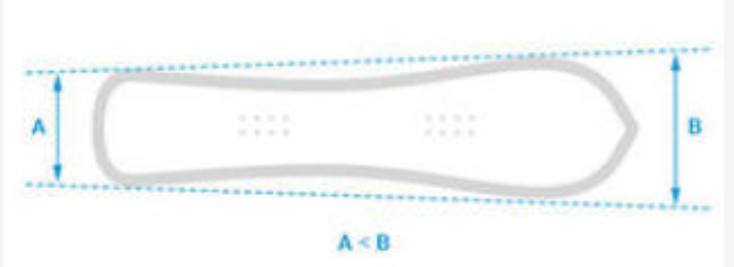
1. The rear is narrower
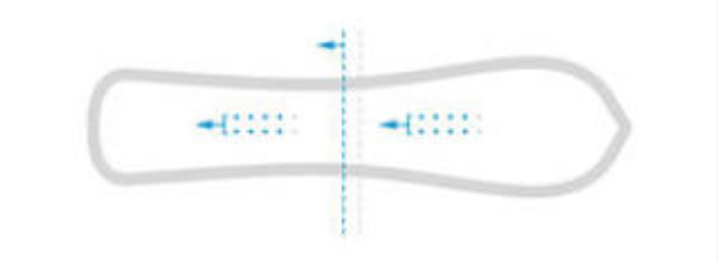
2. There is a setback of x mm, i.e.:
The contact points of the board on the snow are set back X mm from the centre of the board.
The bindings are also set back by X mm.

3. The stiffness (or thickness curve) is not symmetrical
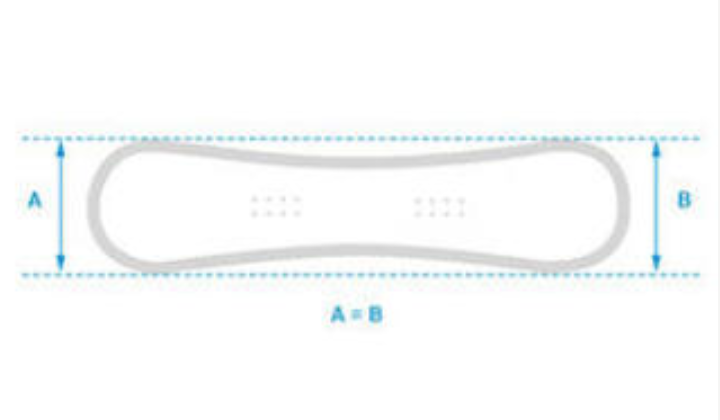
1. The back and front have the same width

2. There is no setback
The contact points of the board with the snow are symmetrical around the middle of the board.
The bindings are centred.

3. The stiffness (or thickness curve) is completely symmetrical
In general it is crucial to understand that there are three basic shapes : camber, rocker and flat (camber and rocker are one the opposite of the other); and that are used to create other types and more complex shapes . Each company has its own ways to create and compose different shapes for different needs and practices. Here's the most common ones.

Classic camber (camber)
This is the basic camber with a convex curve (curved upward). Under pressure, it acts like a spring to provide stability at high speeds, grip on hard snow, and pop for jumps.
ADVANTAGES: STABILITY / GRIP / POP
At a certain level of Freestyle, a classic camber is very popular for flying high.
Reverse camber (rocker)
A later arrival in snowboarding, this camber is popular in Freestyle because it makes rotations easier. It also has the advantage of providing real buoyancy in powder snow.
ADVANTAGES: MANOEUVRABILITY / ROTATION / FLOATATION
Conversely, it’s less stable at high speeds, provides less grip on hard snow and has less pop.
Flat camber
This is the perfect compromise between classic camber and reverse camber.
ADVANTAGES: COMPROMISE
Hybrid camber
Hybrid camber features camber between the feet and rocker on the nose and tail of the board.
It lets you learn to turn more quickly and easily thanks to the front and rear rocker. With a hybrid camber, you can float nicely in powder as well as providing good stability when carving.
ADVANTAGES:
HIGH PERFORMANCE VERSATILITY
Hybrid rocker
This board’s profile has a rocker in the middle, and a camber at the nose and tail.
Here, the camber on the nose and tail offer the kind of pop you can find on full camber boards while the rocker between the feet makes it easier to ride and offers better buoyancy in powder than with a traditional camber.
ADVANTAGES:
This is an excellent all-rounder profile for park and All-mountain.
Backseat camber
This type of profile is used for freeride.
Indeed, this directional profile is necessarily more difficult to ride switch. It provides a positive camber placed under the rear foot for better response and better performance when turning. The camber is flat under the front foot for stability.
Often, the nose is longer than the tail.
ADVANTAGES:
Ideal for narrower slopes and in deep powder.

No matter what the camber, a board can have rocker. The longer nose provides greater floatation in powder as well as moving back the board’s point of contact with the snow .This increases manoeuvrability by reducing the contact area.
ADVANTAGES: EASE ON-PISTE & OFF-PISTE / BUOYANCY
Longitudinal flex is mainly used for controlling a cut turn.
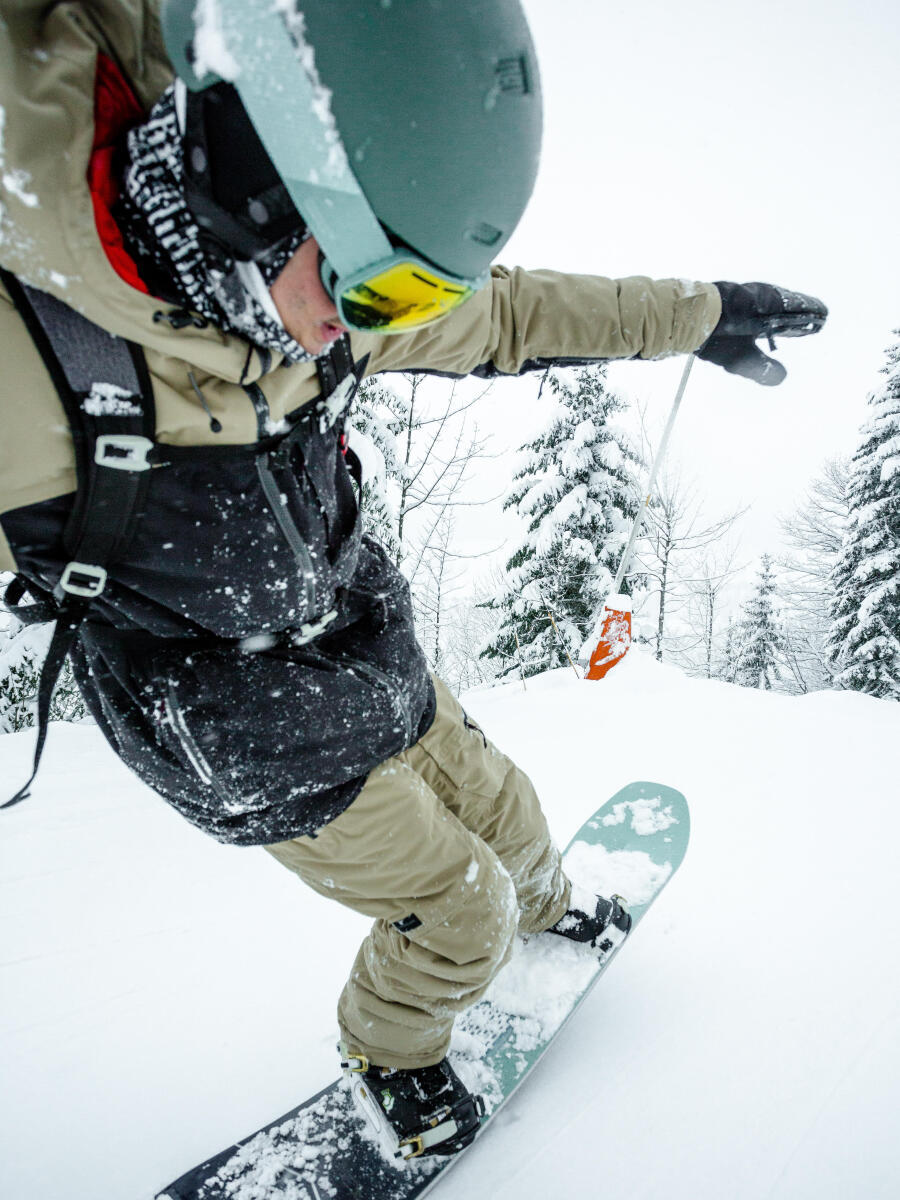
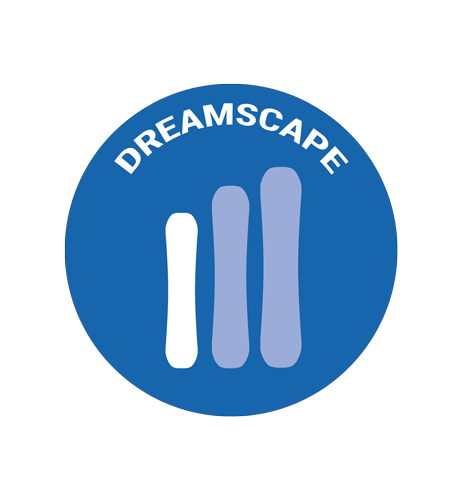
Soft - beginner
FOR":
- Forgiving
AGAINST":
- Grip & turning control at high speed
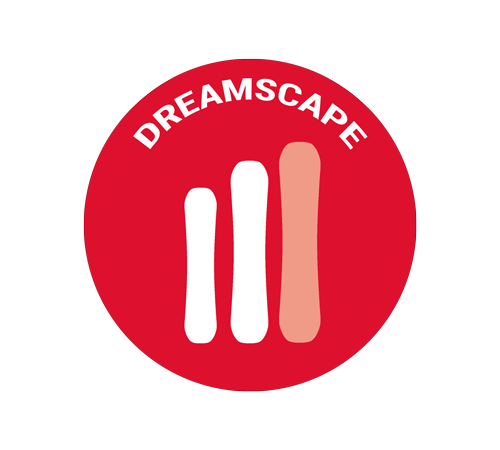
Medium
FOR":
- Compromise
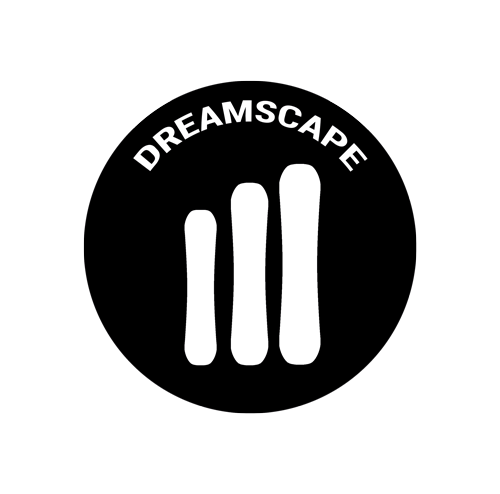
Rigid - advanced / carving
FOR":
- Grip & turning control at high speed
- Dynamic edge-to-edge transfer
" AGAINST:
- Forgiveness
This is the stiffness (or flexibility) between the feet.


Soft - beginner / jib (snowpark modules)
FOR":
- Lots of fun, very manoeuvrable in Freestyle (the 2 feet move separately, almost like on a skateboard!)
- Very tolerant of edge mistakes.
"AGAINST":
- Grip & cornering control at high speed.

Rigid – intermediate to advanced / carving or freeride
FOR":
- Grip & cornering control at high speed.
"AGAINST":
- Not forgiving of edge mistakes.

Medium
FOR":
Compromise
This is the stiffness or flexibility in the nose and tail.

Soft - beginner / freestyle flat
"FOR"
- At low speed, the board bends and has rebound = good pop
"AGAINST":
- At high speed (or when there’s a lot of energy involved) the board bends a lot but does not bounce = no pop

Rigid - advanced, heavy weight: freestyle jib, big air
"FOR":
- At high speed (or with lots of energy involved), the board bends, and is strong enough to have a spring effect = good pop
"AGAINST":
- At low speed, the board is impossible to deform = no pop

Medium
"FOR":
Compromise
The two main manufacturing processes:
1. Extruded base:
Provides normal sliding and good durability over time.
2. Sintered base:
Provides much greater sliding than extruded soles because the manufacturing process allows a higher density of polyethylene. It’s also more durable.
To be well-equipped:
Now you know all the technical features of a snowboard, you’re ready to choose the board that suits your level and riding style!
If you liked this article, please feel free to rate it. If you have questions, post them in comments, we will be delighted to answer.

DREAMSCAPE product manager and passionate about snowboard.